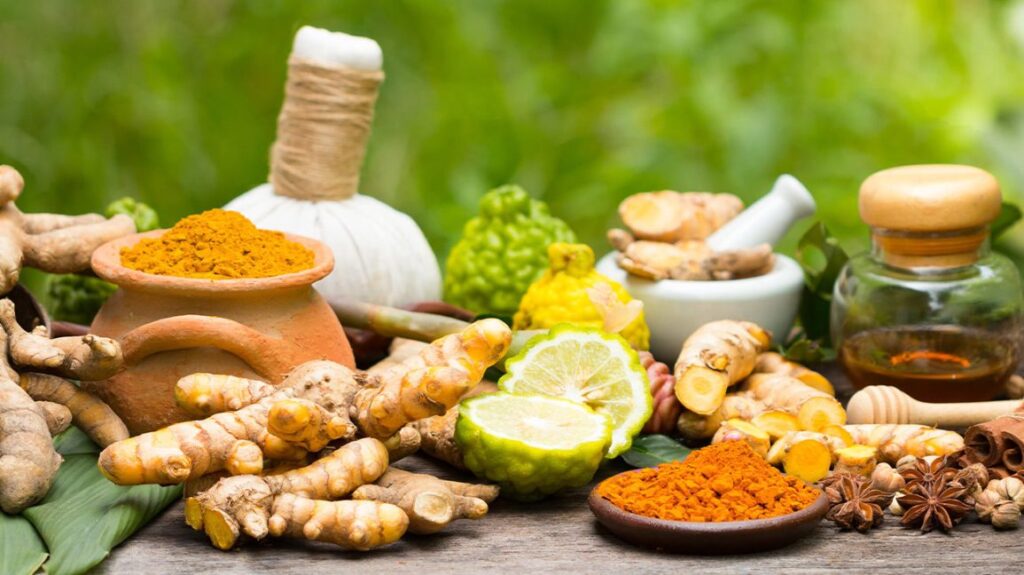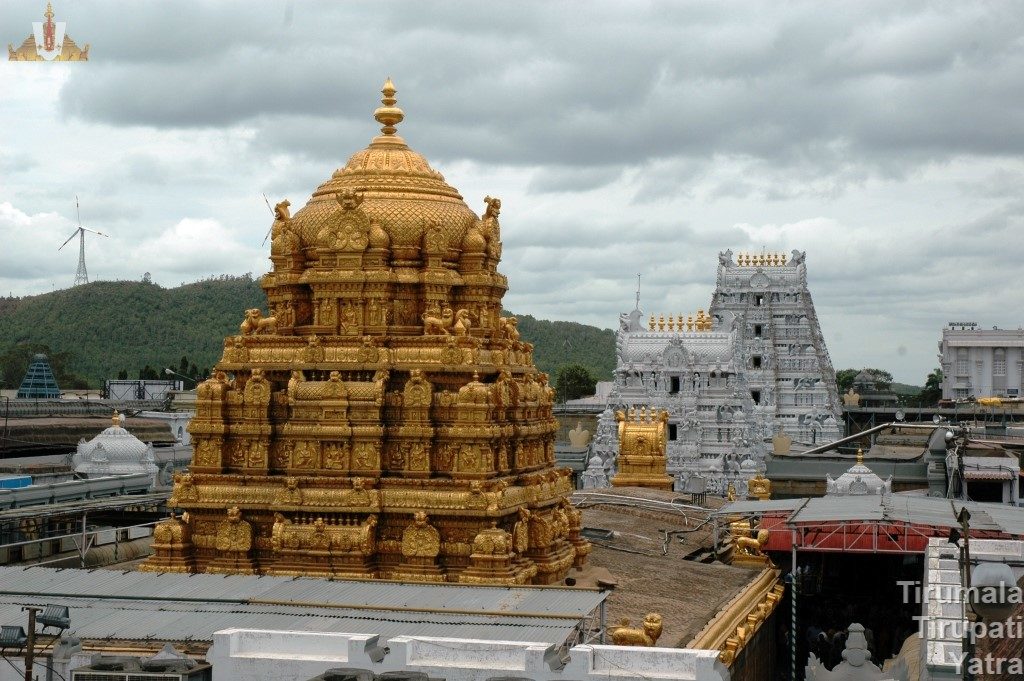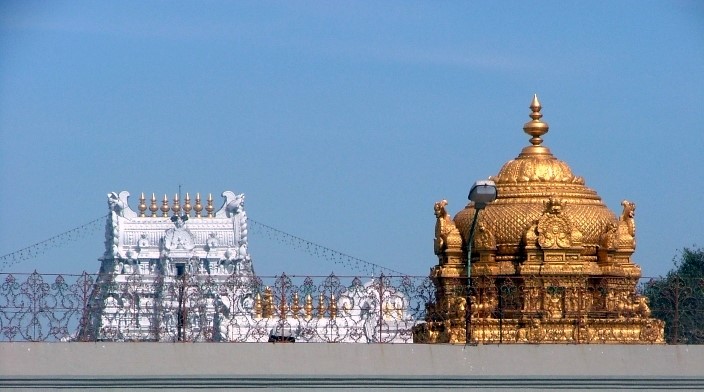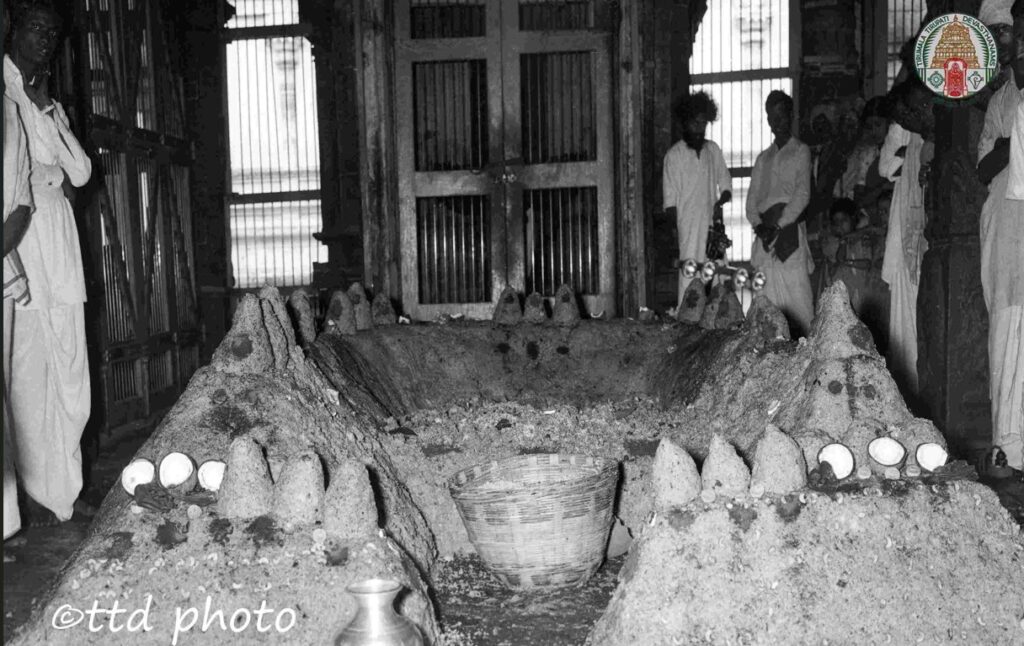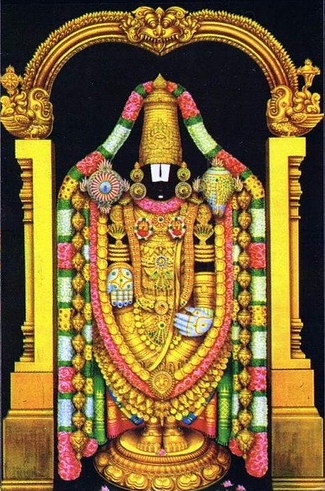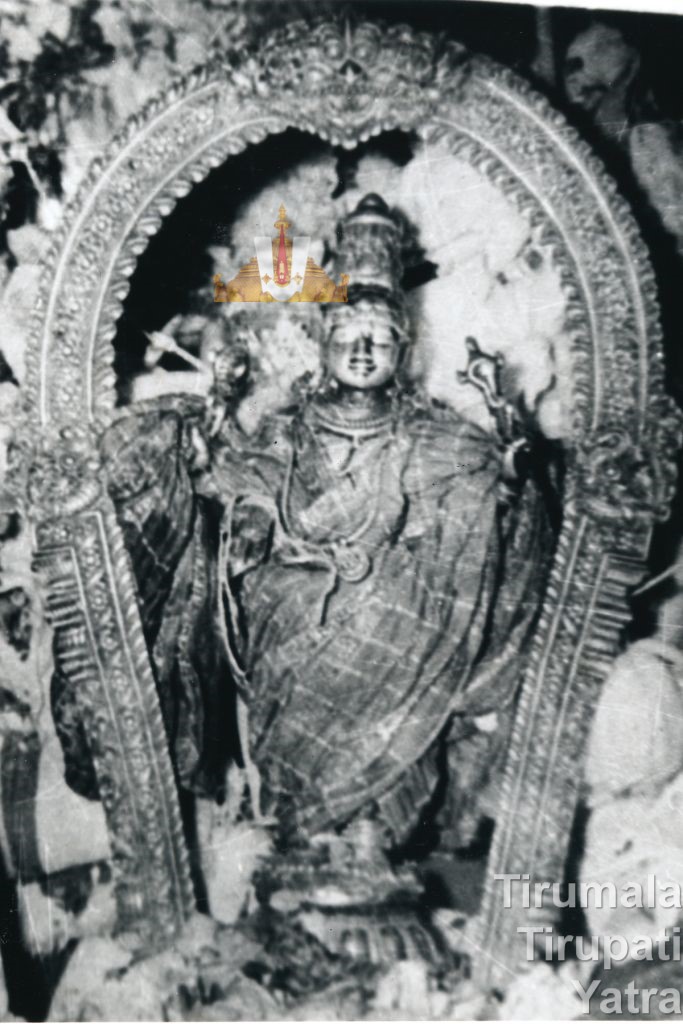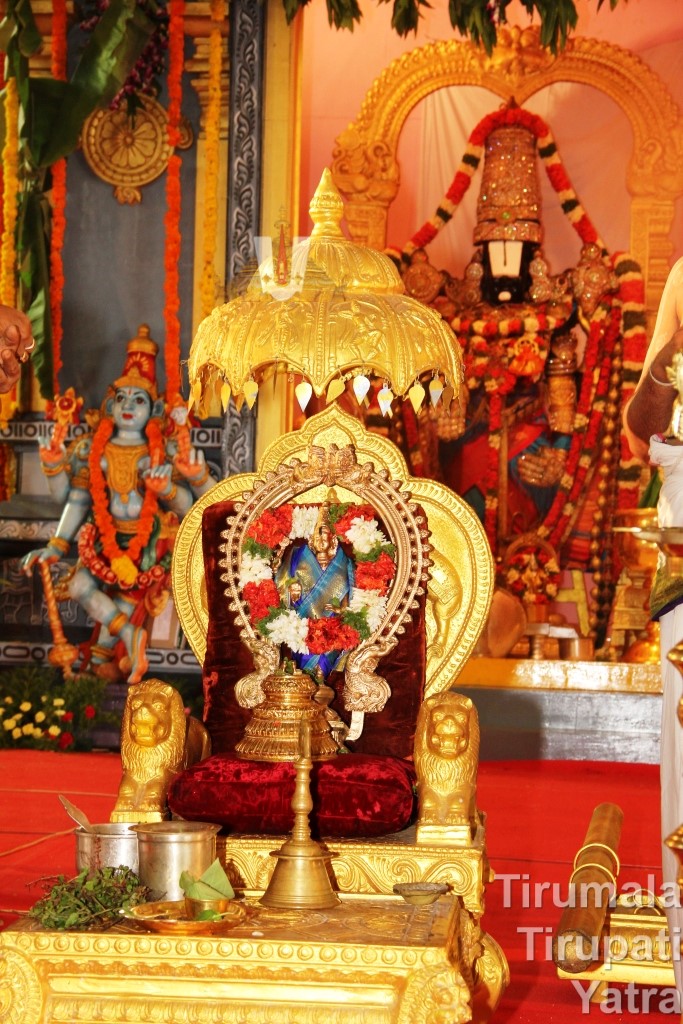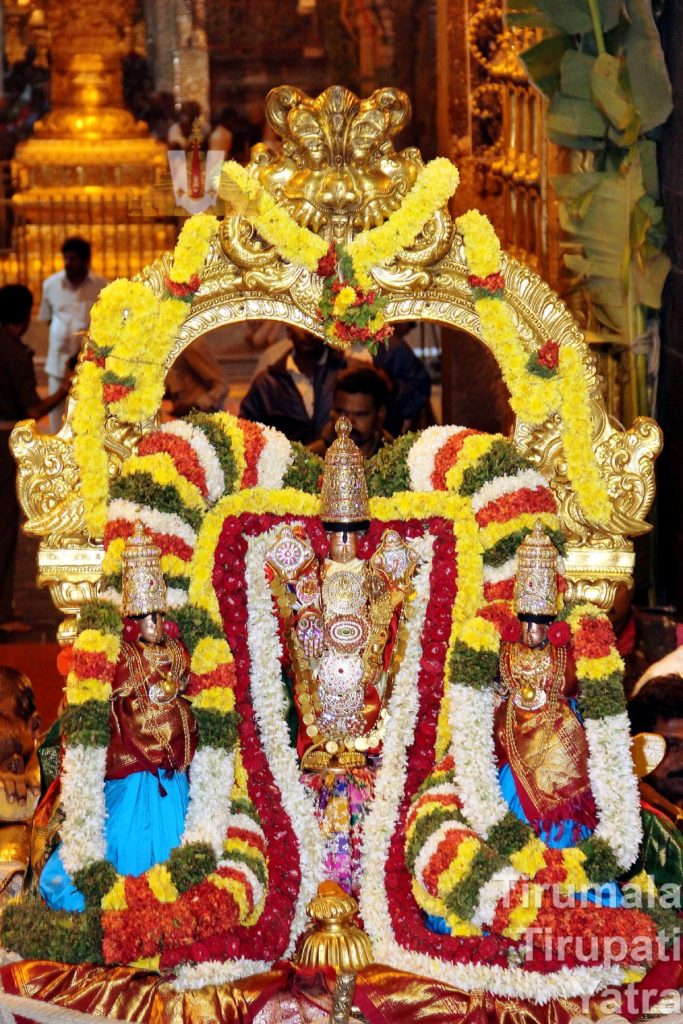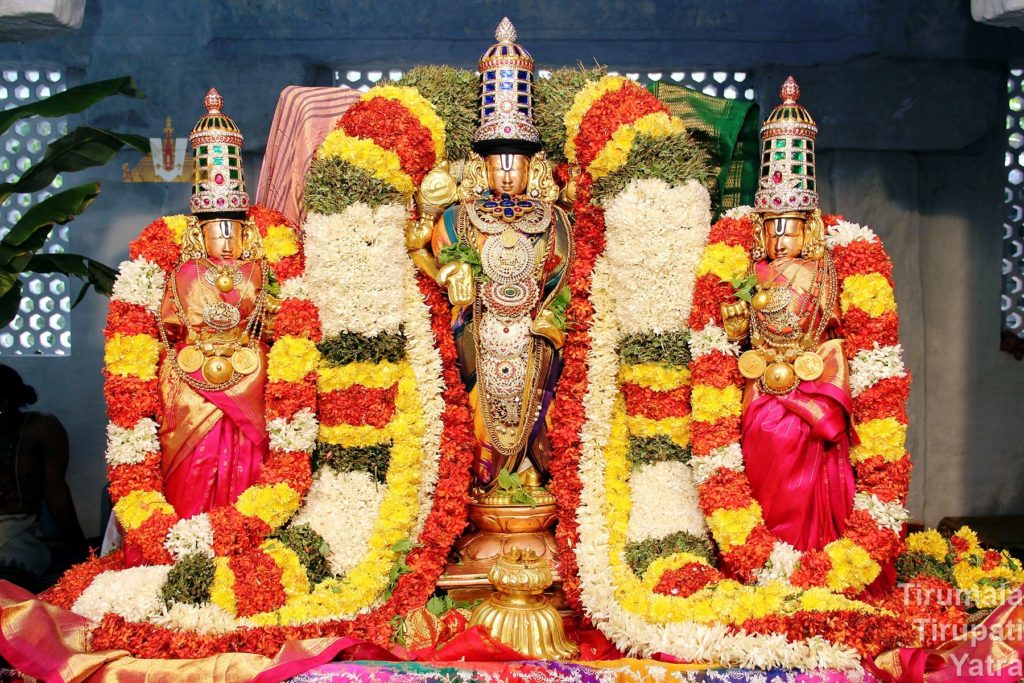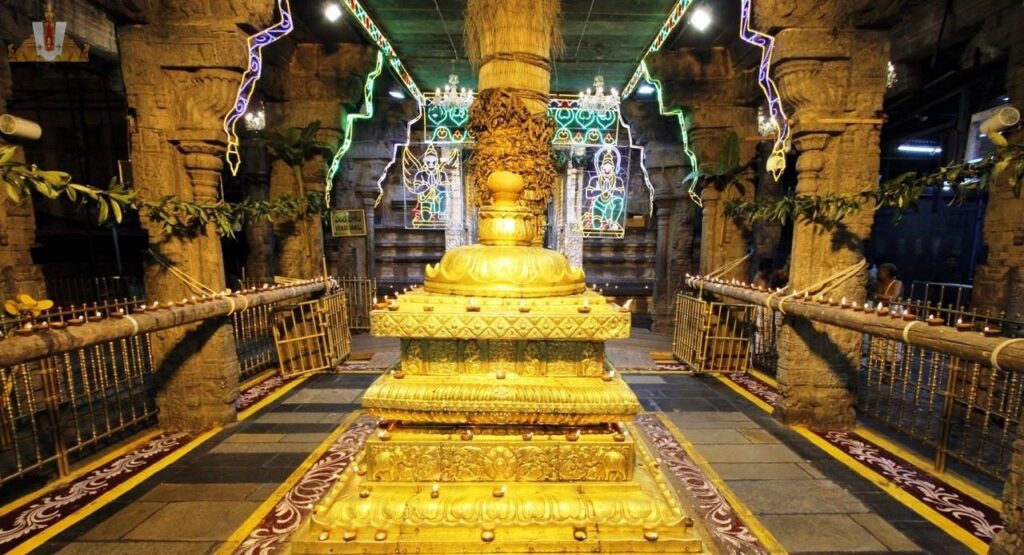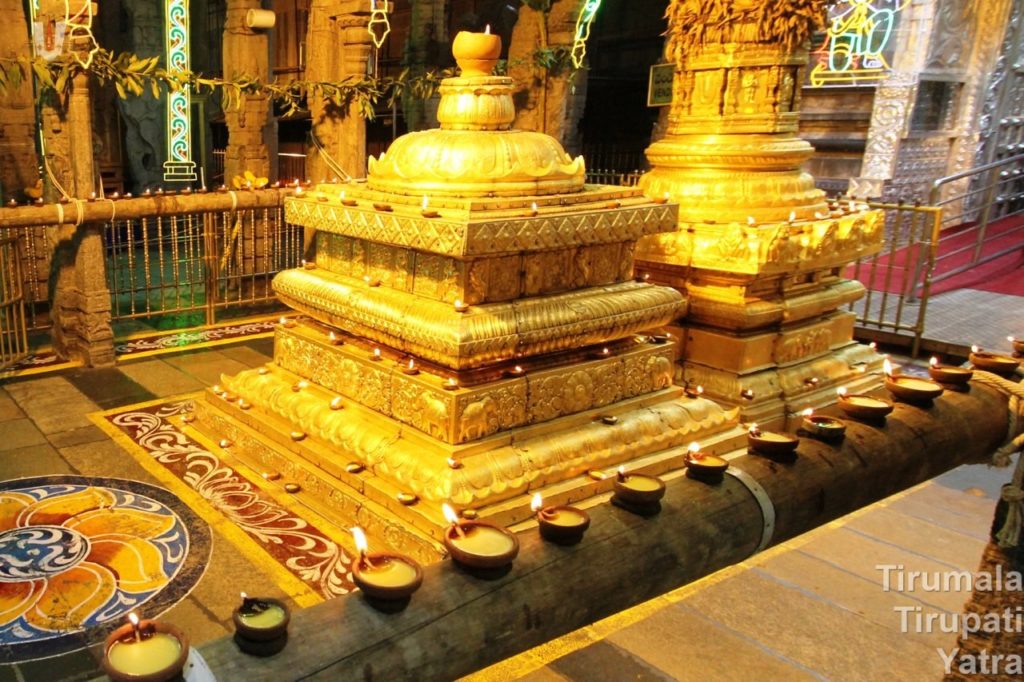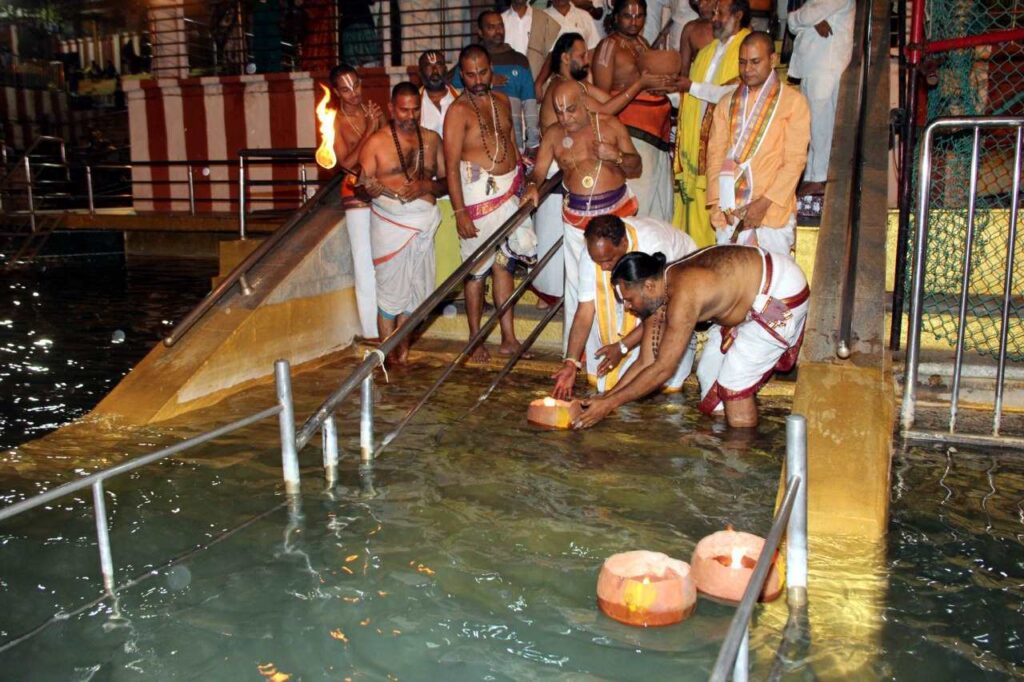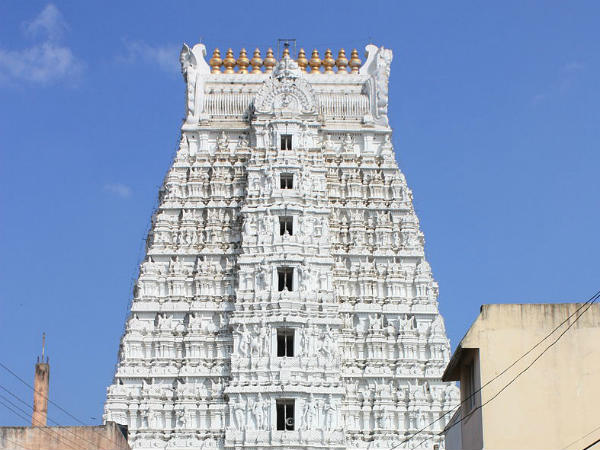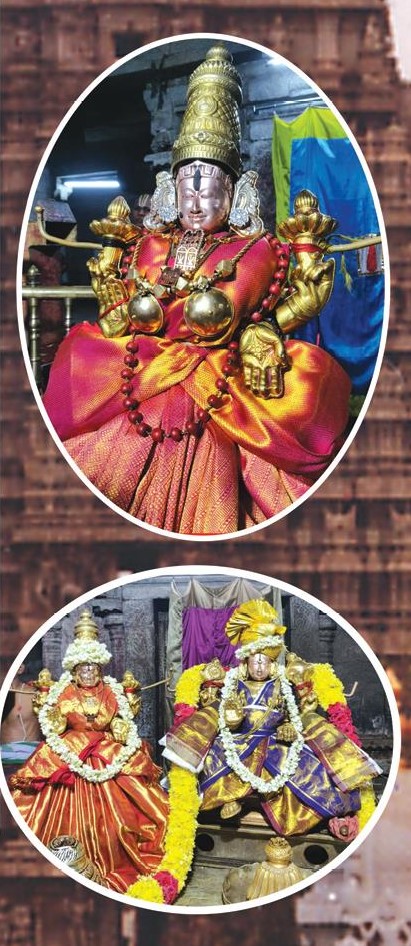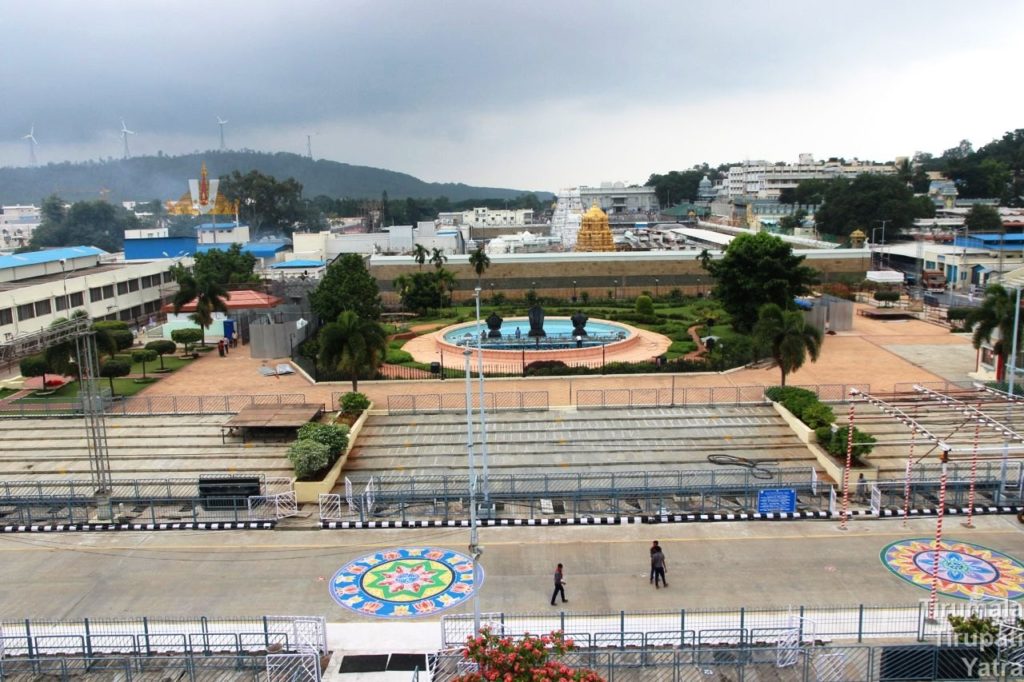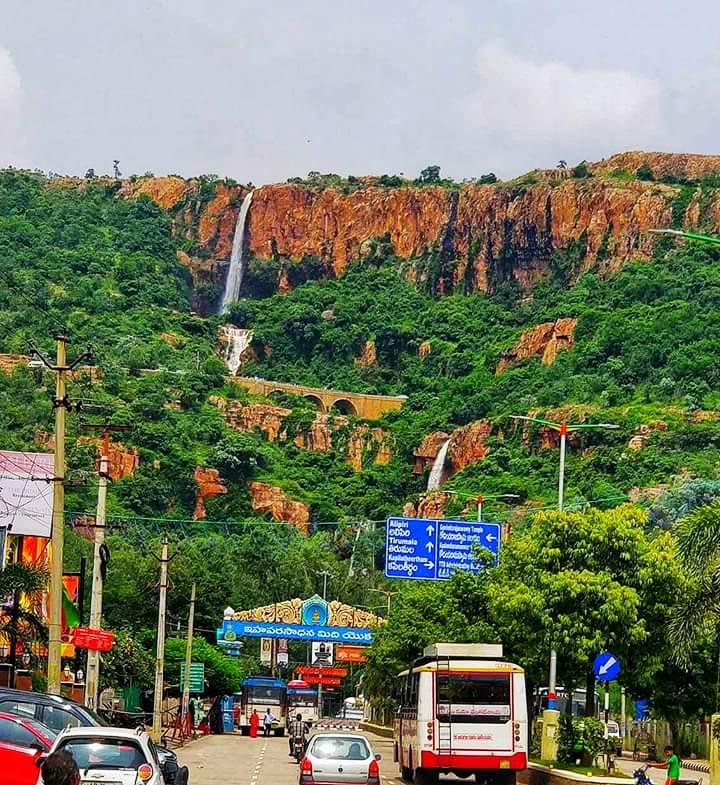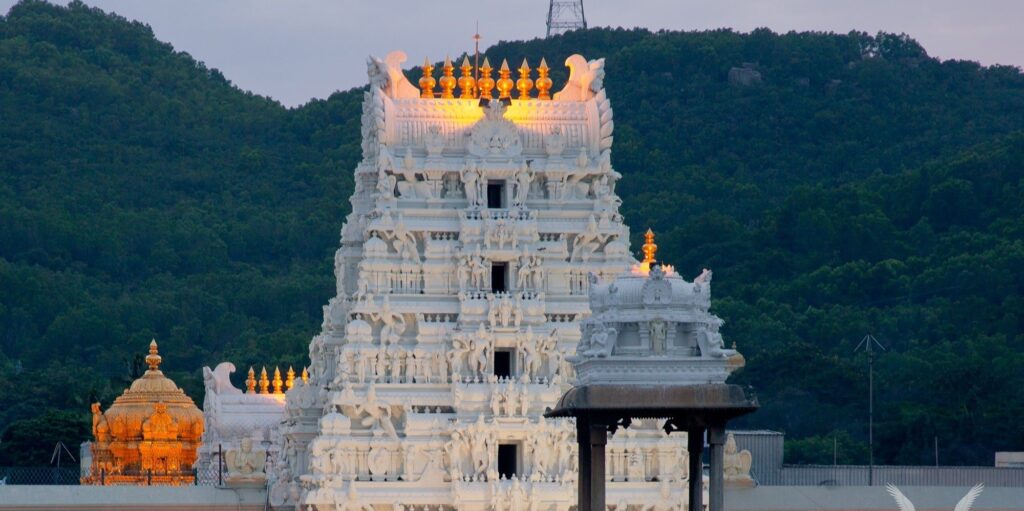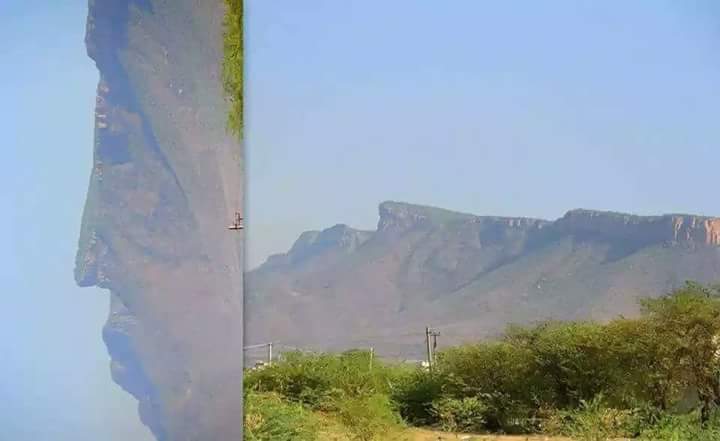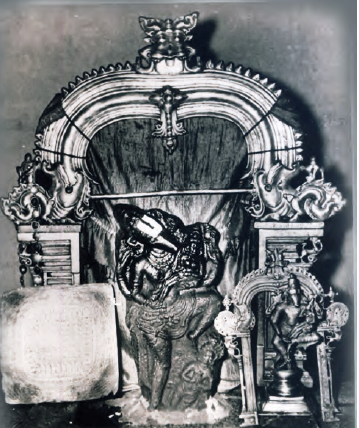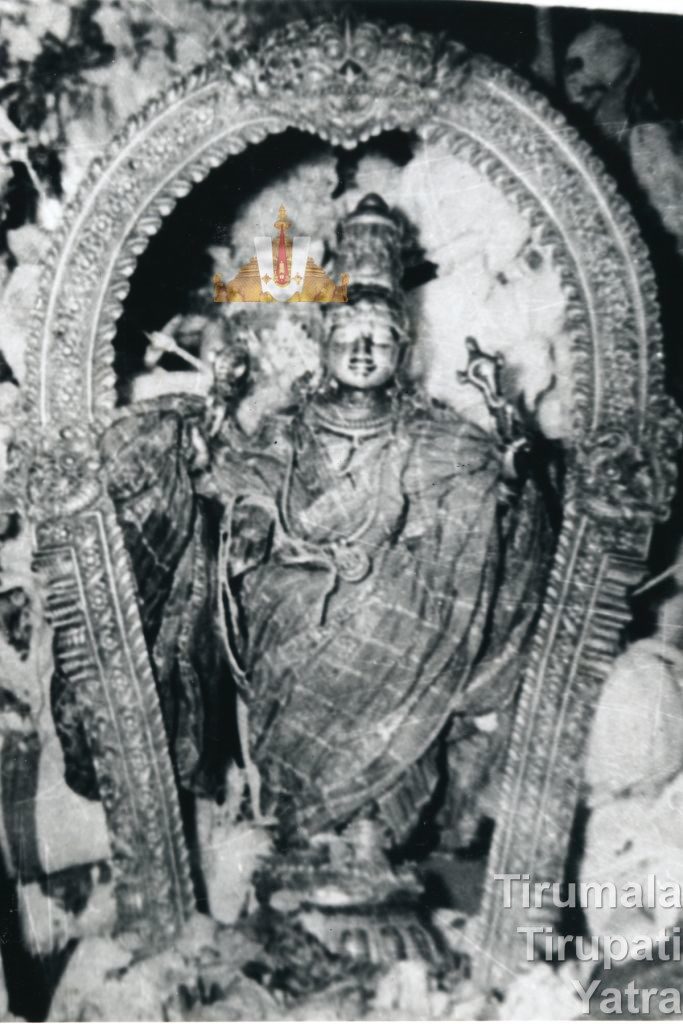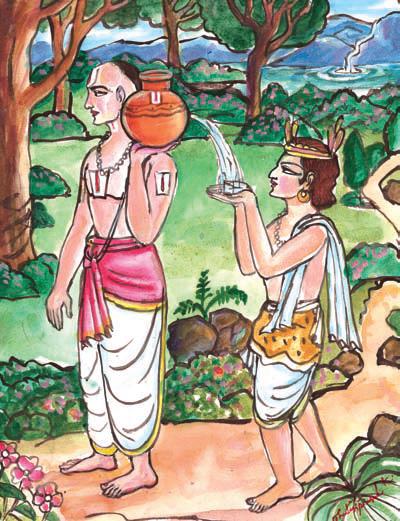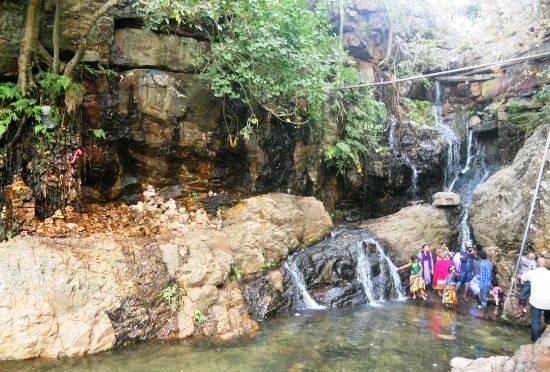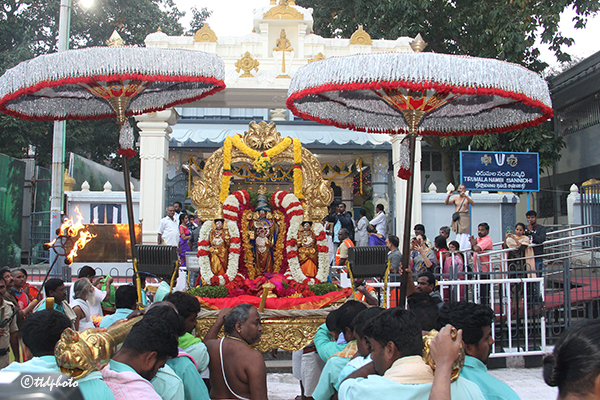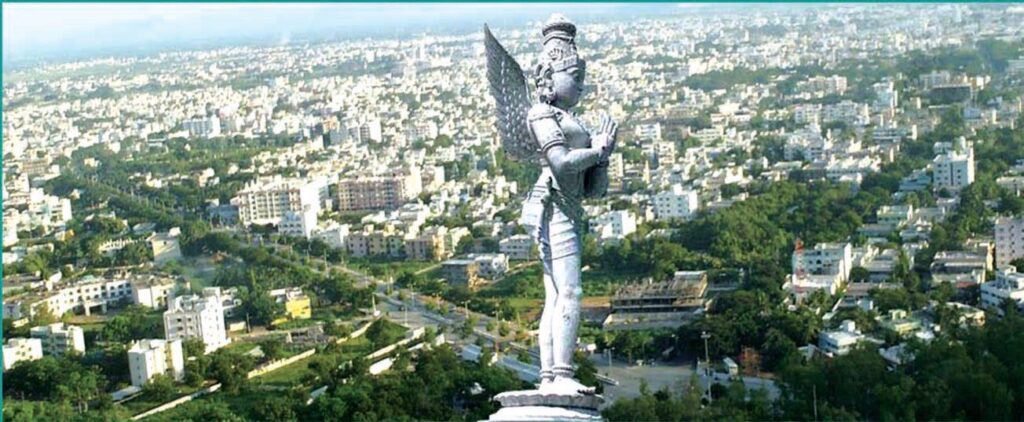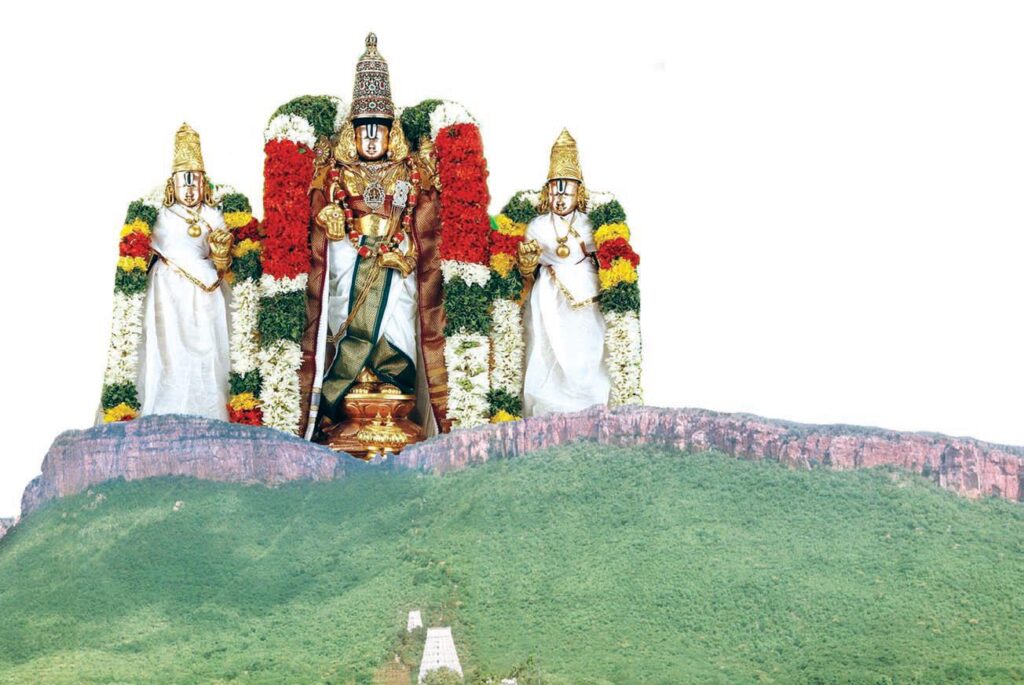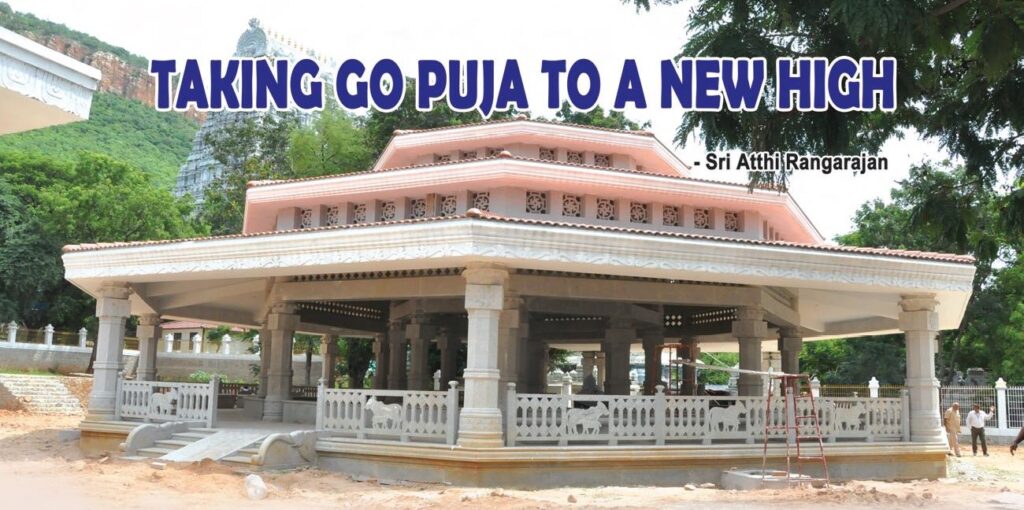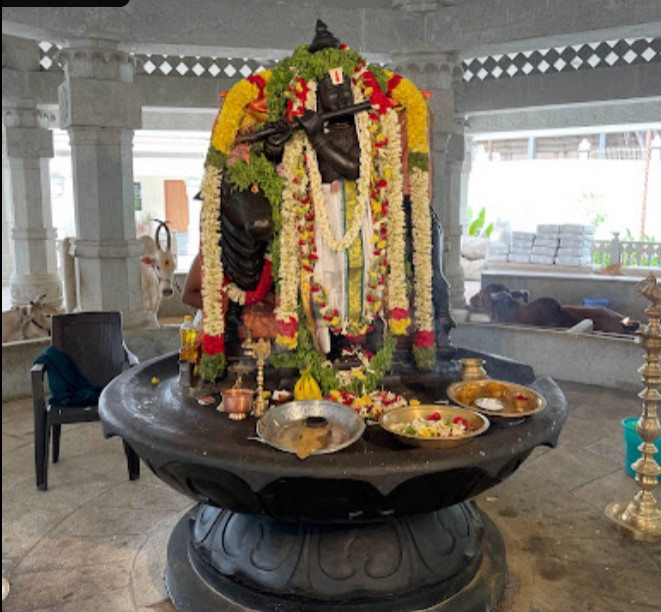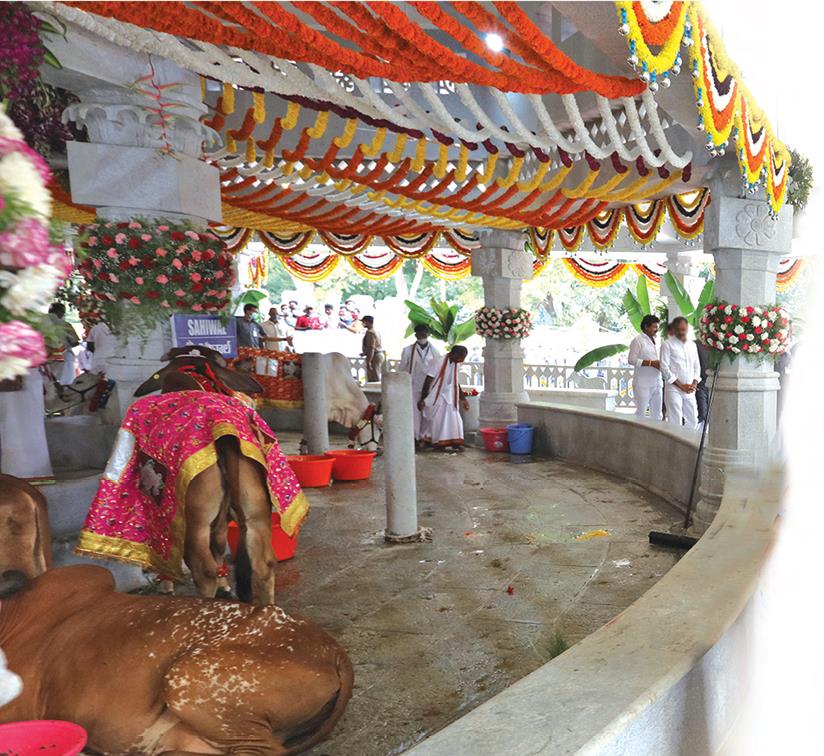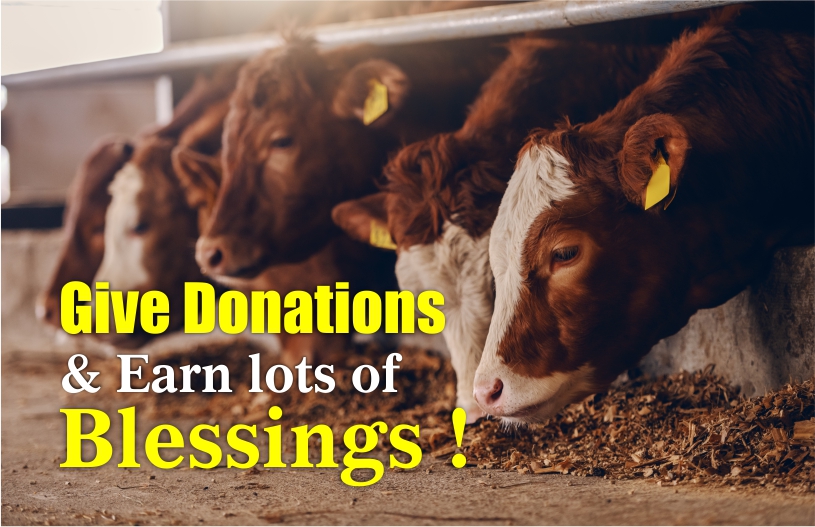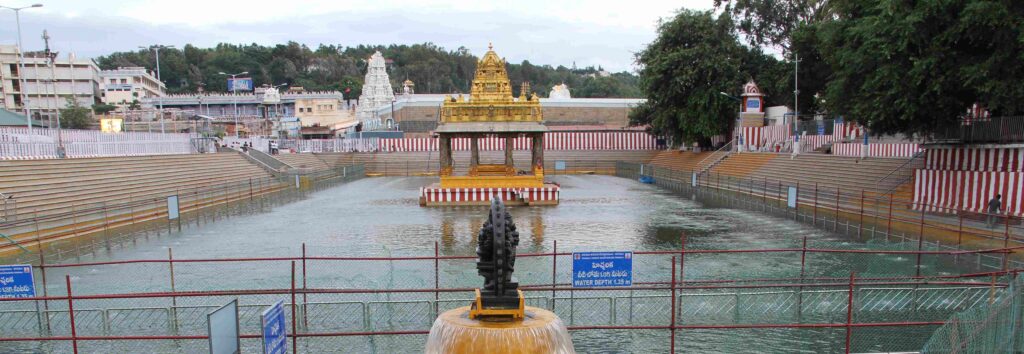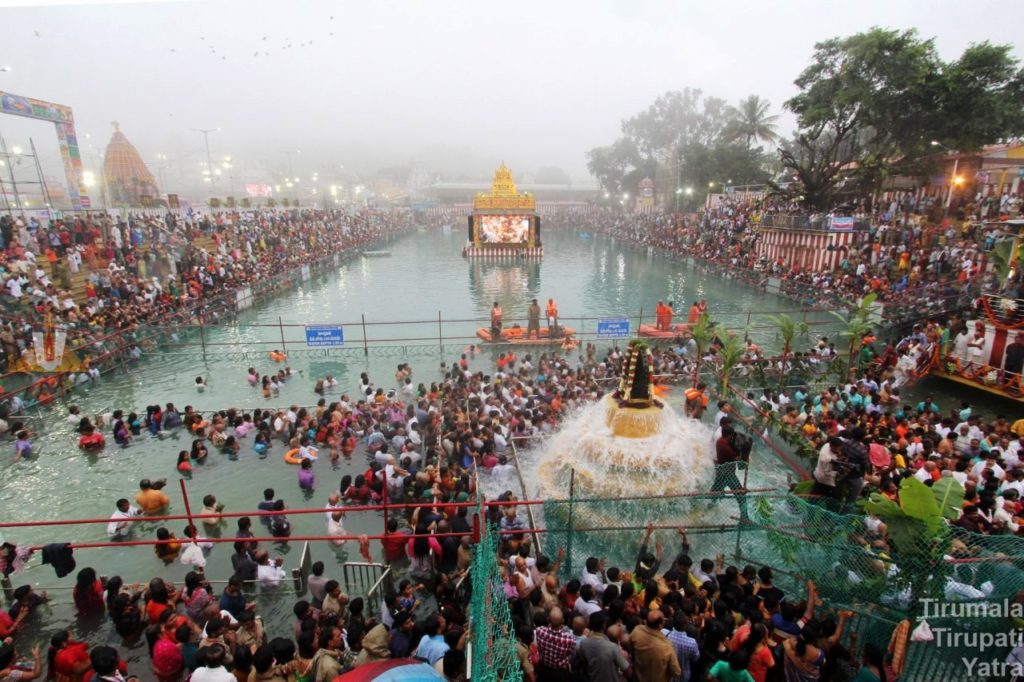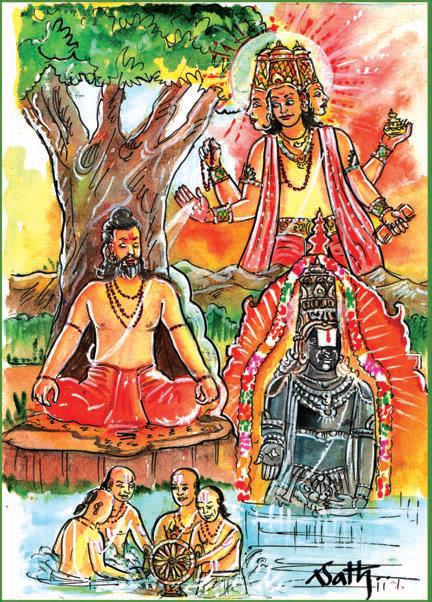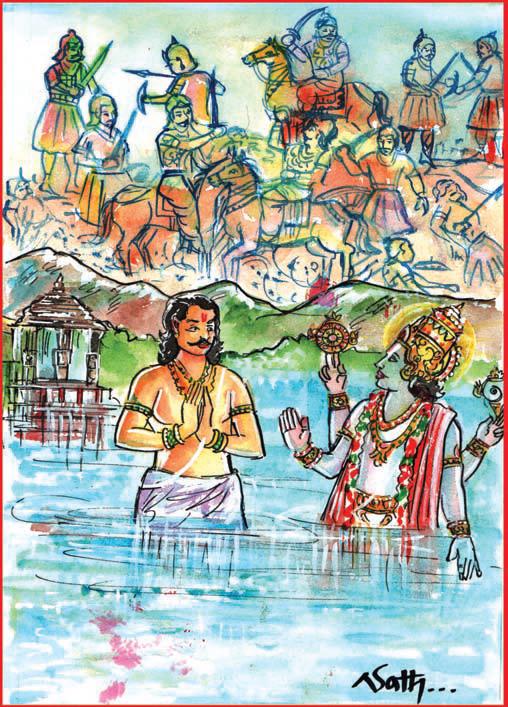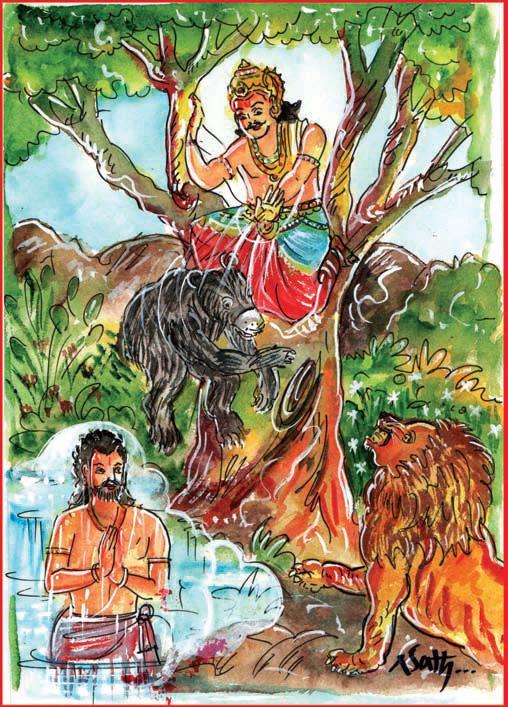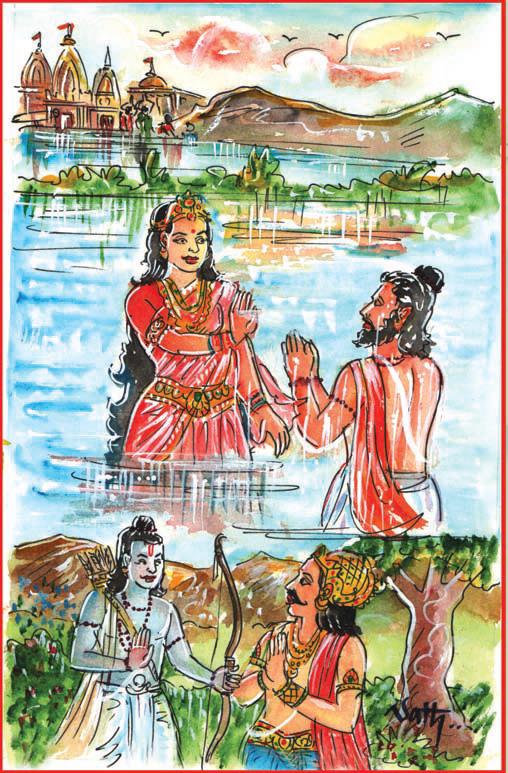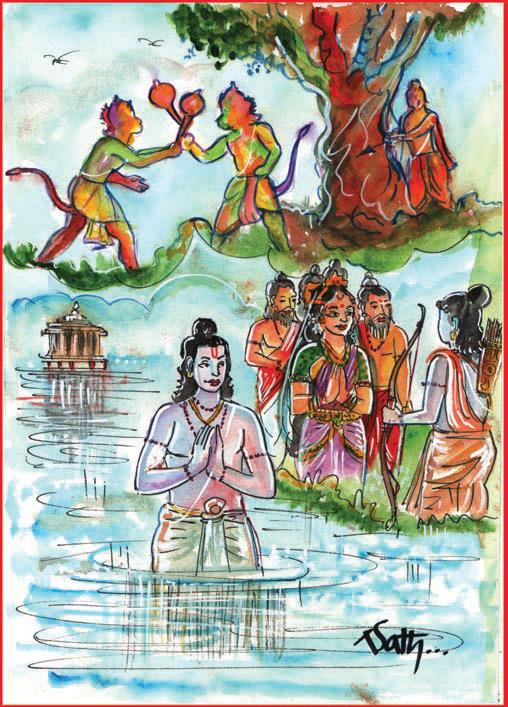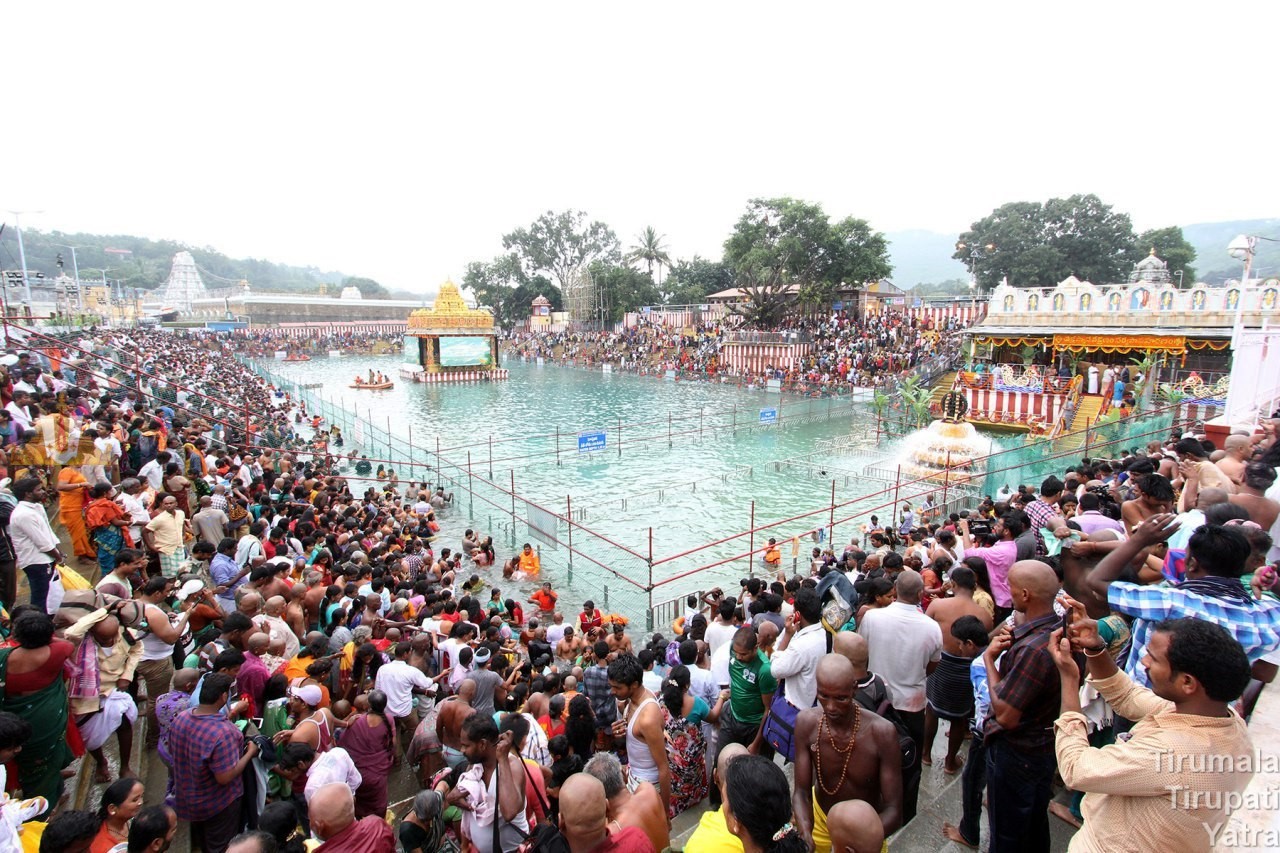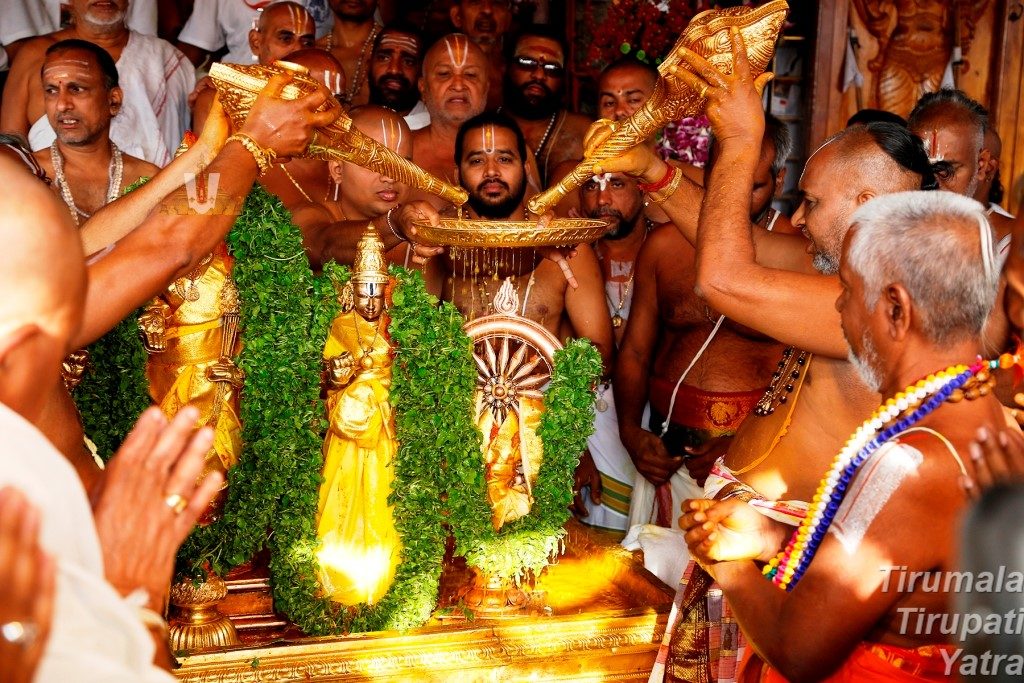Sri Venkateswara Ayurvedic Hospital / SV Ayurveda Hospital
Dhanvantari
Dhanvantari, an incarnation of Lord Vishnu, the immanent divine consciousness, represents the divine healer in the tradition of Ayurveda. Lord Dhanvantari considered the God of Ayurvedic medicine is believed to have emerged from the sea during Samudra mathan, holding a pot of Amrit in one hand and the sacred Ayurveda text in the other.
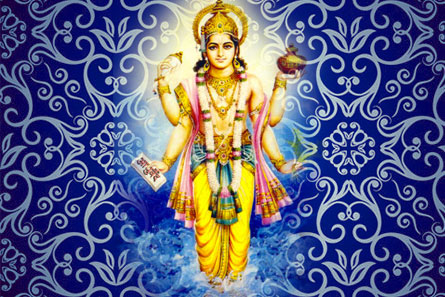
Ayurveda
Ayurveda is an elegant healing system, described approximately 5,000 years ago in ancient Vedic texts as comprehensive teachings on preserving and maintaining health. The fact that this ancient medicine is still in use today is a testament to the wisdom it holds when it comes to understanding the human potential to achieve a happy and wholesome life.
Sri Venkateswara Ayurvedic College
Tirumala Tirupati Devasthanams (TTD) to promote the Vedas and allied sciences, established Sri Venkateswara Ayurvedic College, Tirupati in 1983. It is affiliated with Dr NTR University of Health Sciences, Vijayawada, Andhra Pradesh. The college has become one of the best institutes in India and has produced several graduates and post graduate students from time to time.
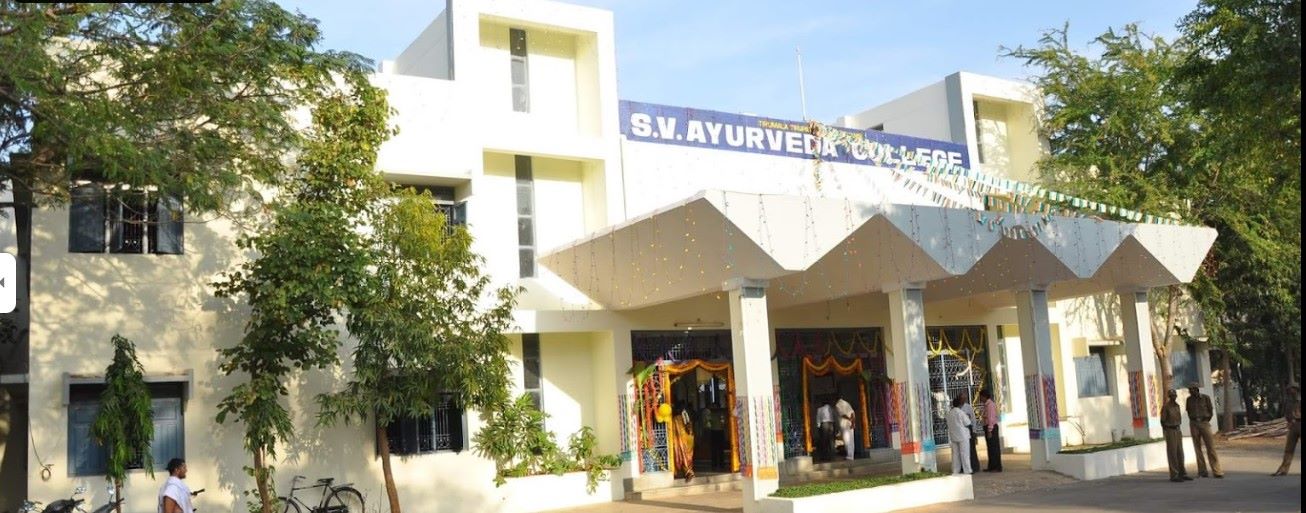
The Sri Venkateswara Ayurvedic Hospital / College has an attached teaching hospital with 210 beds with all Investigations and therapies and also renders Ayurvedic medical services to the people free of cost. People from Andhra Pradesh, Telangana, Karnataka, Tamilnadu and even from other states utilise the services of this Hospital.
The teaching hospital is a part of the College administration for imparting better education and training to the PG& UG students being admitted into the College. Teaching faculty (Professor, Reader, Assistant Professor and Lecturer) are the consultants of the Hospital.
Sri Venkateswara Ayurvedic Hospital / SV Ayurveda Hospital
OPD Services at SV Ayurveda Hospital
- OPD functions from 7.30 AM to 12.00 PM and 3.00 PM to 5.00 PM.
- Consultants are available from 9.00 AM to 11.30 AM & 3.30 PM to 4.30 PM on all working days.
Duty Medical Officers and doctors are available for consultation around the clock. The hospital has well-experienced, well-qualified and dedicated Ayurvedacharya / B.A.M.S. / M.D. doctors who attend to the patients.
Click here for Google Maps Location
OP (outpatient) Services are available in all specialities. S.V. Ayurvedic Hospital has approximately 210 beds with a bed occupancy rate and runs 10 OPDs daily with at least 350-500 patients attending exclusively to OPDs.
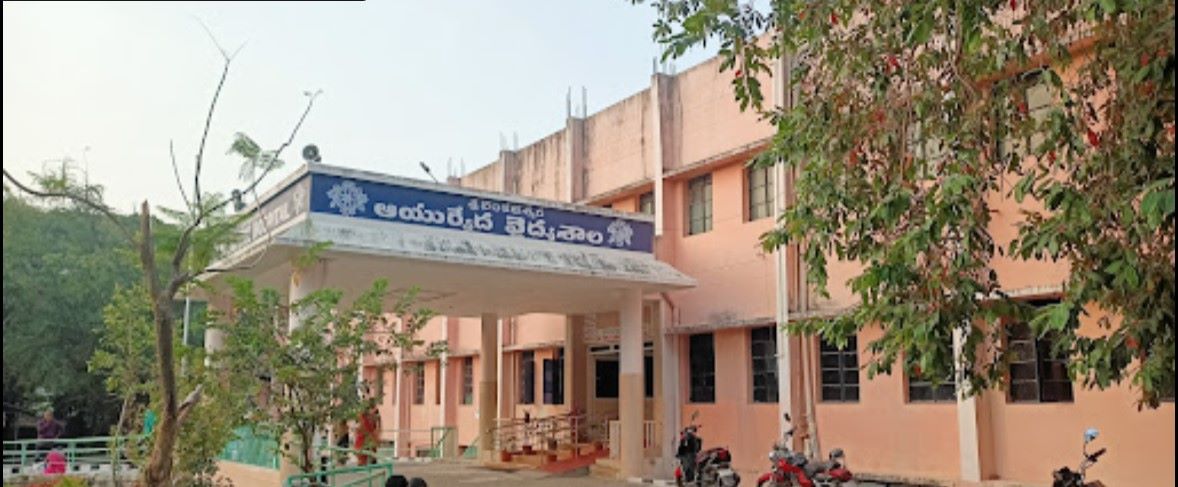
Procedure for Consultation
For outpatient consultation services, the patient has to register his/ her name at the registration counter. Doctors will do initial screening at the counter. Depending upon the requirements and the medical issue the staff will guide the patient to the concerned consultant.
Patients are advised to bring a copy of all previous evaluations and investigations.
Old (Follow-up/Review) Patients
The patient has to plan his/her follow-up visits according to the availability of the concerned consultant. They should visit the OPD on the duty day of the concerned consultant. They must also bring the Registration OPD Card or Discharge Summary Card during follow-up visits.
The Outpatient Department is generally crowded and free-of-cost medicines are distributed to each patient. SV Ayurveda Hospital caters to the medical requirements of all sections of society. The TTD management seeks and appreciates the patience and cooperation of the visitors.
S.V. Ayurveda Hospital OPD & Department-wise details in a glance
Kayachikitsa OPD (internal medicine)
Kayachikitsa is one of the eight branches of Ayurveda(Ashtanga Ayurveda) that deals with general medicine. It is the first branch of Ashtanga Ayurveda which mainly deals with diagnosis and treatment of various general health problems.
Kayachikitsa, representing the school of medicine forms the basis for all other branches of Ayurvedic treatment and hence this lays the foundation for shaping a skilled Ayurvedic physician. Kaya also refers to digestive fire or Agni.
Ayurveda believes that the imbalance in our digestive system is the root cause of multiple diseases. Hence, the chikitsa (treatment) also involves correcting the digestive fire or Agni to restore good health.
Kayachikitsa (or internal medicine), wherein Kaya means ‘body’ and chikitsa means ‘treatment’. The treatment also involves correcting the imbalance caused due to tridosas (Vata, Pitta and Kapha). The remedy encompasses a range of internal and external medications, detoxifications etc., along with specialized therapy to treat the disorder. The approach of Kayachikitsa involves the complete management of body and mind.
Kayachikitsa is used to tackle issues related to chronic illnesses and common illnesses.
Some of the diseases which are dealing Kayachikitsa OPD are:
- Skin diseases (Psoriasis, Atopic dermatitis, Eczema, Urticaria etc.)
- Gastritis, Neurovascular disorders
- Arthritis (Osteoarthritis, Rheumatoid Arthritis, Gastro-Intestinal Disorders)
- Respiratory diseases (Kasa, Swasa)
- Kaamale (jaundice) – Irritable Bowel syndrome
Panchakarma OPD & Theatre services
SV Ayurveda Hospital has well-equipped male and female Panchakarma theatres separately. Panchakarma is performed by highly trained and skilled panchakarma therapists under the supervision of Panchakarma specialist doctors. This purification process helps to maintain good hygiene both at the mental and physical levels.
The treatment is customized according to the requirement of the patient depending upon their body constitution and health disorder.
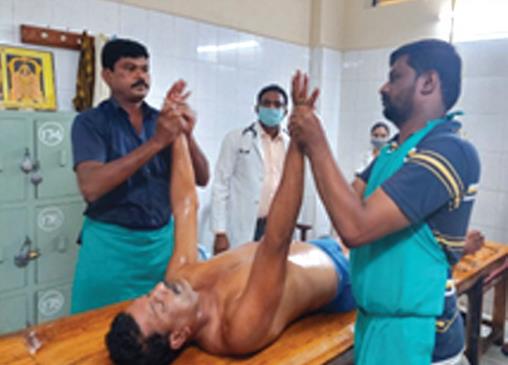
Shalyatantra (Surgery) OPD & Theatre services
Shalyatantra is one of distinct branch of Ayurveda which explains and demonstrates surgical knowledge and procedures that were performed and used since thousands of years ago and are useful even today. The name of the sage-physician, Susruta, is synonymous with surgery. From his treatise Susruta Samhita, we have become aware of the sophisticated methods of surgery that were practised in India thousands of years ago
Diseases treated
- Piles, Fissure in Ano, Fistula, & recurrent Abscess.
- Inflammatory conditions-boils
- Gallstones, Injury to marma
- Deformities, Traumatic conditions
- Cysts, Corns, warts
- Varicose veins, Osteo Myelitis
- Urinary track infections and hernia
- Traditional Para surgical procedures like Agnikarma, Ksharakarma, Kshara Sutra and Jalukavacharana.
PG – A&B OPD (Dravyaguna Vigyana, Rasashastra & Bhaishajya Kalpana & Ayurveda Samhita)
Dravyaguna Vigyana
Doctor of Medicine in Dravyaguna Vigyan (Ayurvedic Pharmacology) is a non-clinical course. It provides the principles of Ayurvedic pharmacognosy and pharmacology with a special focus on the identification of controversial drugs, adulterants and substitutes used in Ayurvedic practice.
Rasashastra & Bhaishajya Kalpana
Doctor of Medicine in Rasashastra & Bhaishajya Kalpana (Medicinal Chemistry and Pharmacy) is a Non-Clinical course. Keeping with tradition, the course prepares students for an Ayurvedic physician who is capable of formulating and preparing medicines according to the specific needs of a patient.
The program provides training in medicinal chemistry and the preparation of highly potent medicines from minerals and metals. The course also deals with the principles and practice of Ayurvedic Pharmacy with its varied pharmaceutical methods and dosage forms.
Ayurveda Samhita
This is a Non – Clinical course provides research training in the study of classical texts of Ayurveda, their scientific exploration and validation.
Balaroga OPD (Paediatrics)
Balyavastha or childhood is a crucial phase in human life. This phase is different from other stages because of the Ahara (diet), Vihara (lifestyle) and Aushadhi (medicines) administered during that period. As these factors play an important role during childhood, the methods adopted in the treatment of children are also different.
Balaroga is a branch of Ayurveda that deals with neonatal care, infant feeding, diet for the newborn, daily and seasonal regime and also deals with diseases and disorders relating to children including nutrition of children, immunization etc. Usually, childhood is prone to common ailments like Digestive disorders, Respiratory infections, Skin problems, Worm infestation, etc.
Diseases treated:
- Treatment for cerebral palsy, autism, muscular dystrophy, etc.
- Delayed milestones
- Attention-deficit/hyperactivity disorder (ADHD)
- Gastrointestinal diseases.
- Kasa and general health.
Balaroga
The M. D. in Balaroga provides research training in the study of classical texts of Ayurveda, their scientific exploration and validation. This branch of Ayurveda, also known as ‘Kaumarayabhritya’ is one of the significant branches that focus on nursing and nurturing infants, newborns and children.
Balaroga not only involves prenatal, and postnatal baby care but also some ailments under the branch of Gynaecology. The specialist doctors in Ayurveda Paediatrics create awareness among the parents about child care, food habits, physical growth, and physiological and psychological issues related to child growth. This helps in bringing up a healthy child.
Shalakyatantra (ENT & Opthomology)
Shalakyatantra is Ayurveda branch for ENT & Ophthamology. It is a branch of Ayurveda that deals with diseases affecting the body parts located above the neck. It encompasses the treatment for the medical conditions related to organs of the head and above the shoulder like Eyes, Ears, Lips, Nose, Throat, Teeth, Skull, Central Nervous System and Brain.
These body parts are vulnerable to diseases which can get complicated as they progress.
The name ‘Shalakyatantra’ came into existence as the therapy involves excessive usage of Shalaka’ which means ‘probe’. This is a branch of Ayurveda where the treatment is done using appropriate tools for ingesting medication to the affected body parts. Various specialized instruments are used for diagnosis and therapeutic purposes as this speciality deals with delicate and narrow sections of the head.
In some places, this treatment is also called as ‘Urdhwangachikitsa’ where ‘Urdhwanga’ refers to body parts above the head, and ‘chikitsa’ relates to treatment. This system of medicine is also concerned with preventing contagious diseases.
By adopting a daily or seasonal routine with the appropriate cleansing procedure, the functional integrity and structure of body parts situated above the head are taken care of.
The disorders treated in the Shalakyatantra Department are
- Treatment for Netra rogas (Eyes)
- Nasa rogas (Nose)
- Karna rogas (Ear)
- Mukharogas (Oral Cavity Disorders)
- Shirorogas (Head)
Prasoothi & Streeroga (Obstetrics/Gynaecology)
Prasoothi & Streeroga is a significant branch of Ayurveda, mainly dealing with childbirth /Parturition (Prasuti Tantra / Obstetrics) and Gynaecological (Streeroga) disorders. Prasuti tantra deals with pregnancy, labour and puerperium, whereas Streeroga deals with the management of diseases manifesting mainly in women.
The OPD services of Prasoothi and Streeroga at SV Ayurveda Hospital offer exceptional ayurvedic care in addressing pre-natal, post-natal and anti-natal care.
Diseases treated
The Specialist doctors cater to the following problems related to women’s health:
- Pre conceptional care
- Month-wise regimen for pregnancy, Yoga pregnancy
- Menstrual issues due to thyroid dysfunction and obesity
- Post-natal care
- A promising approach for Infertility (male and female)
- Non-surgical management of pregnancy-related complaint
- Nausea, vomiting, headache.
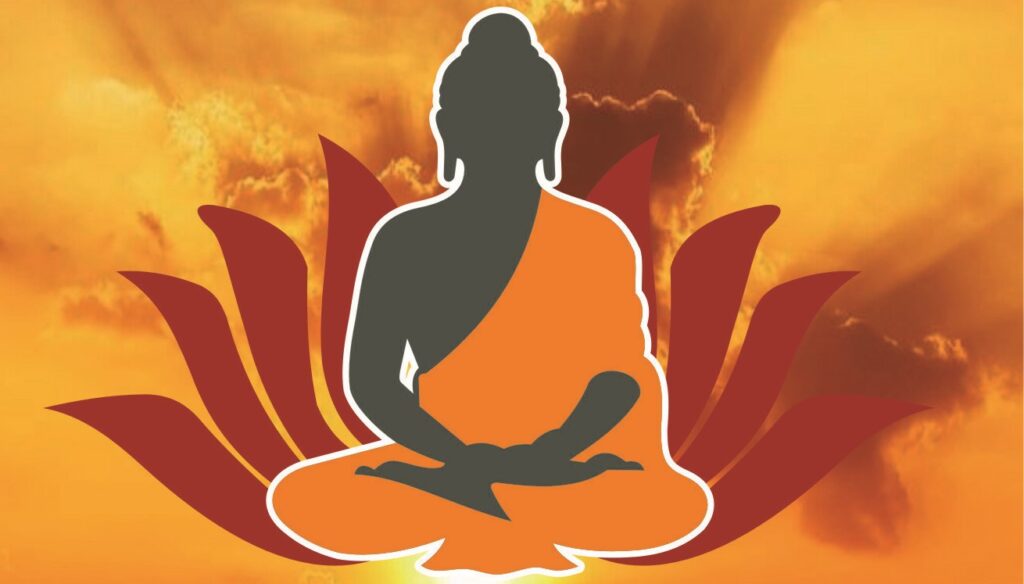
Swasthavritta (Social and Preventative Medicine)
Swasthavritta (Social and Preventative Medicine) is a non–clinical course. The program provides training on the principles and practice of Social and Preventive Medicine at both the personal and communal levels. Social and Preventative Medicine in the School of Ayurveda gives elaborate guidelines and regimens for maintaining and promoting the health of the individual and the community integrating modern concepts with principles of Ayurveda.
Swashavritta means “regime of abiding by one’s nature”. It highlights the importance of maintaining a healthy life by adopting principles of a daily regimen, seasonal regimen, and ethical regimen to combat the diseases associated with lifestyle changes. It incorporates principles and practice of treatment both at personal and communal levels. The OPD at SV Ayurveda Hospital mainly deals with counselling.
The patients are advised to maintain good health and prevent diseases by adopting a holistic approach to life. They are guided to consume healthy food, bring positive changes in lifestyle, practice yoga and also follow ethical behaviour.
The counselling on lifestyle modification and preventive aspects are done based on the prakruthi analysis, which is the body constitution of any individual. These practices not only build immunity but also helps to restore balance in the tridoshas, i.e., Vata, Pitta, and Kapha and thus helps one attain stability in life.
Purpose
As the detailed information given above would have made it clear, the purpose of the T.T.D. SV Ayurveda College promotes Ayurveda and imparts quality education to the students and makes them good teachers and efficient Ayurvedic Physicians the Hospital provides free Medical Services for more than one and a half lakh patients per year.
